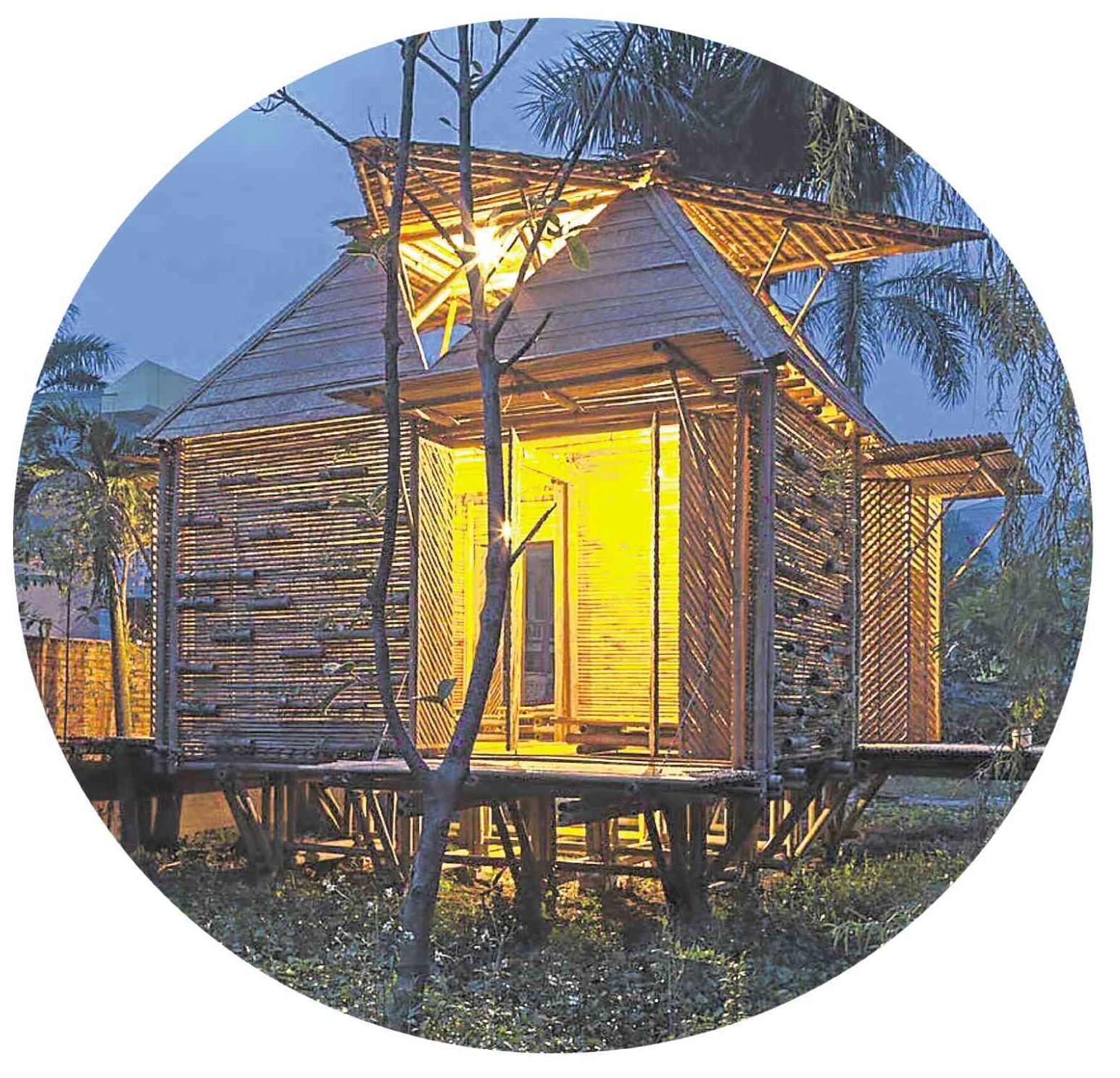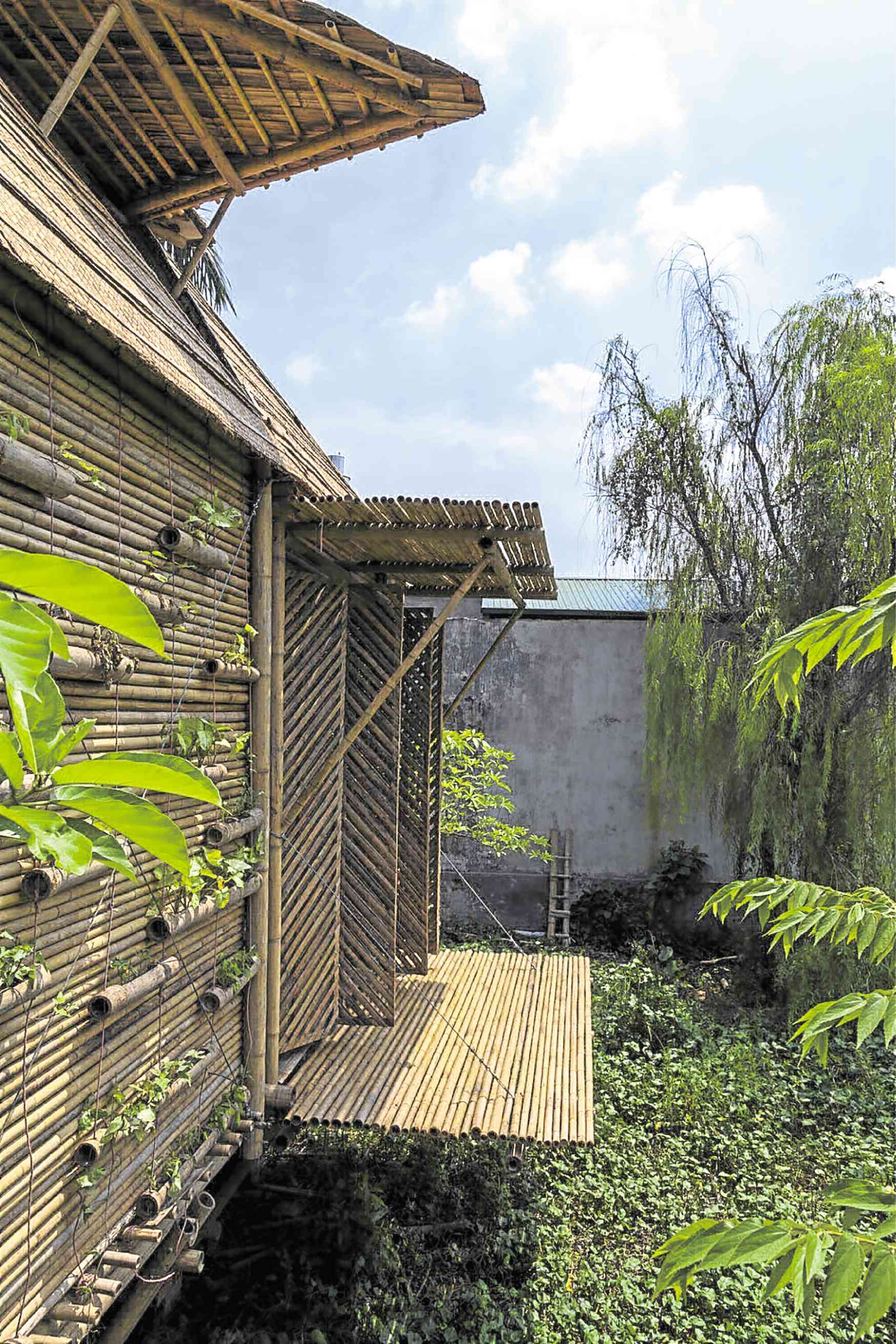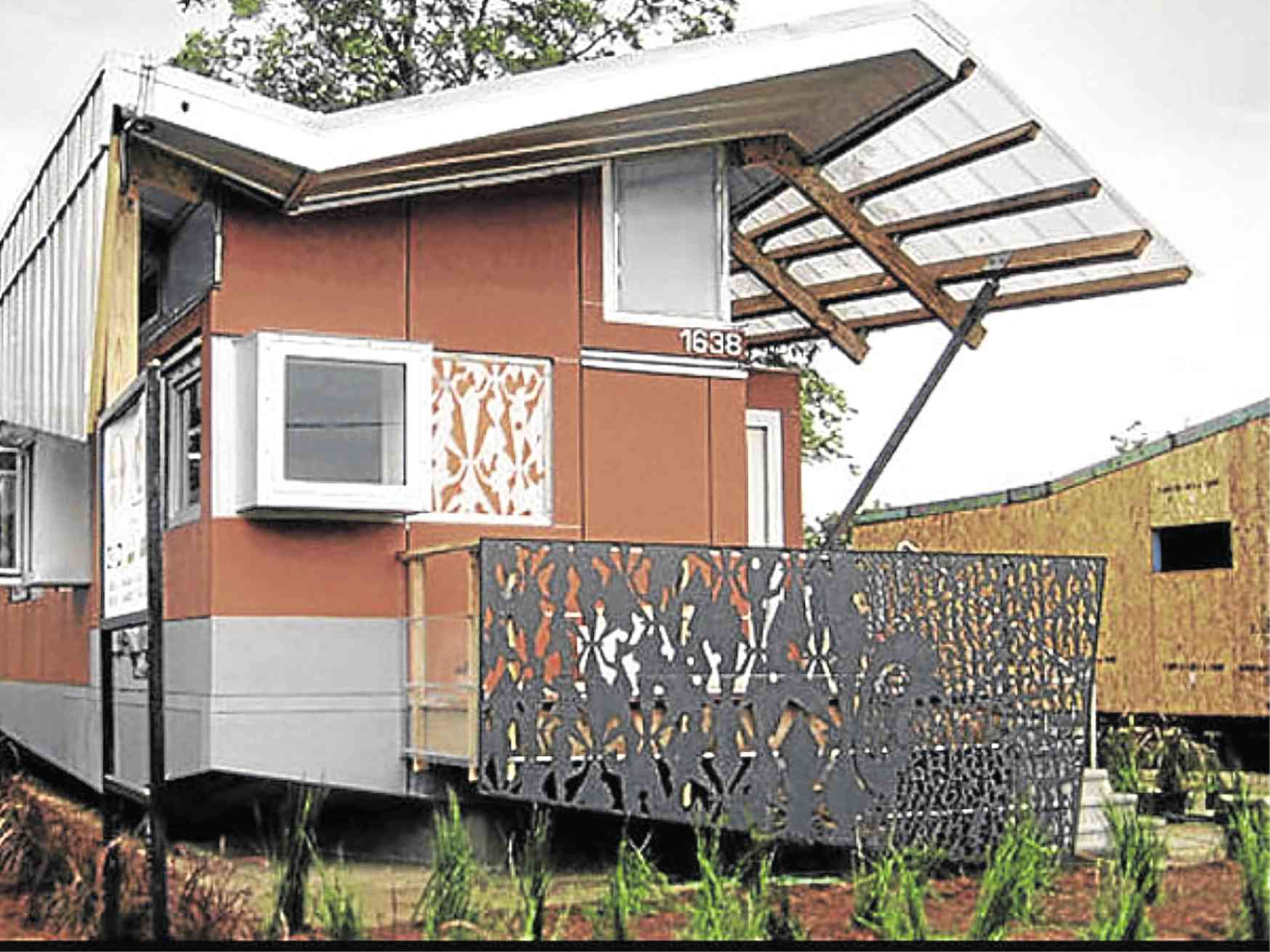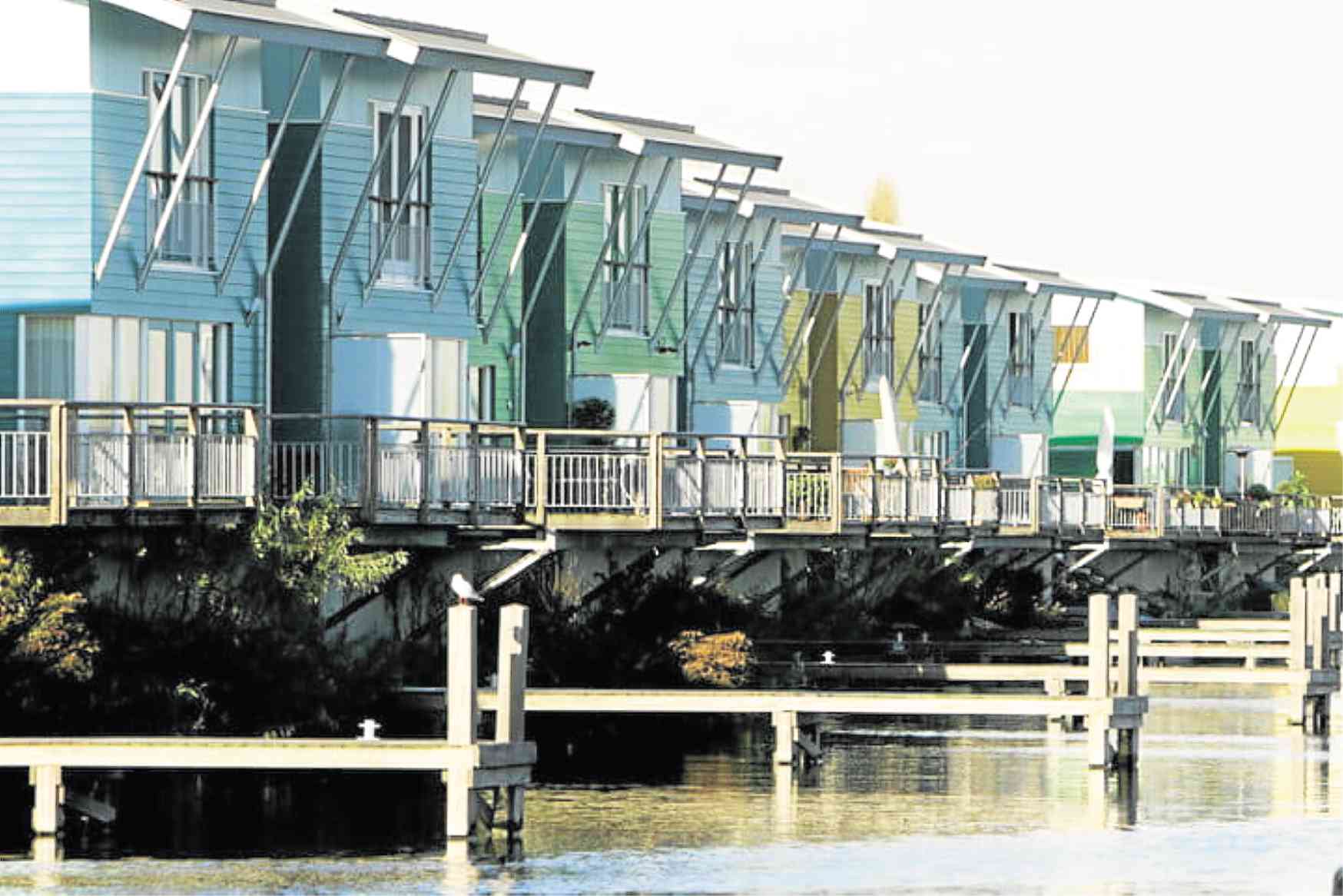Flood-proof dwellings as possible solution, inspiration to typhoon-prone PH
With the rainy season slowly easing its way into the country, Filipinos are once again faced with the dilemma the rains always bring: floods.
Years and years of enduring smelly and murky waters, of having to wade through flooded streets, of needing to take floodwater out of our houses and cars, one may think that we have become the experts. We may have learned to adjust but how far have we adapted when it comes to our homes?
Obvious housing solutions for flood-prone areas would be to build on higher ground or to build on stilts. Waterproofing and sandbagging are instant and easy ways to keep water from entering our houses. Thanks to technology, many ideas have emerged to provide solutions to those building homes in flood-prone areas.
Inquirer Property takes a look at flood-proof dwellings in other parts of the world. Maybe we can pick up ideas for our own homes, so we can build these to be more adaptable and sustainable.
Blooming Bamboo Home Hanoi, Vietnam H&P Architects
Looking similar to our very own bahay kubo is Vietnamese firm H&P Architects’ Blooming Bamboo Home.
Located in Hanoi, Vietnam, this home can float and withstand five feet of high floods.
It was designed to endure not only the floods but also the hot weather, making it
appealing to those living in tropical countries such as ours. Bamboo, fiberboard (a type of engineered wood) and coconut leaves make up the house’s exterior. One of the walls can be folded to make way for an open air deck.
The Blooming Bamboo Home was also designed to fit a vertical garden. It features a filtration system that collects and stores rainwater from the roof for future use.
The estimated cost of building one Blooming Bamboo Home is at P1.3 million. H&P Architects is developing a mass housing prototype which can be built in Vietnam’s flood-prone areas.
Float House New Orleans Morphosis Architects
Following the devastating flood brought by Hurricane “Katrina” in 2005, Morphosis Architects designed the Float House. The project was commissioned by actor Brad Pitt through his Make It Right Foundation and was meant to help some New Orleans residents who lost their homes to “Katrina.”
In the event of a flood, the house’s base acts as a raft which will allows the house to float up to 12 feet of floodwater. The base is composed of polystyrene foam coated in glass fiber-reinforced concrete. It is connected to guide posts so residents are certain that their house is secure and would not just drift away should there be a strong current.
Not only is the Float House innovative in design, it was made to be sustainable, too. The roof supports the solar panels and has a provision for collecting rainwater, which is then funneled to the cistern that filters it and stores it for everyday use.
The awesomeness of this home does not stop there. It was made to be affordable, too, and can be assembled on-site from its pre-fabricated components.
Amphibious House by Site-Specific Ban Sang District, Thailand
It was in 2011 when a company of concerned architects in flood-prone Thailand thought it was high time for them to come up with a housing model that could withstand rising waters.
It may pass off as a normal house to you, but beneath Site-Specific Co. Ltd.’s amphibious house located in Ban Sang District, is a steel buoy system which, when flooding occurs, will allow the house to vertically float above the water level. At the same time, the structure is held in position by a pole system which keeps it in place.
While the pontoons beneath the house will enable it to float up to 9.8 feet of water, it is also built with a backup cable system just in case the floodwaters rise beyond the abovementioned level.
The house is also built with solar panels, a reserve water tank, rainwater storage system and emergency wastewater treatment system.
Architect Chuta Sinthupan of Site-Specific said it best: “It’s better not to fight nature, but to work with nature, and amphibious architecture is one answer.”
Maasbommel The Netherlands
In the small Dutch town of Maasbommel in the Netherlands, one can find a series of amphibious houses along the Meuse River. Construction firm Dura Vermeer was tasked by the government to design “flood preventive adaptive building techniques.”
Built on buoyant foundations, the floating hulls enable the homes to rise up to a height of 13 feet. Like in the houses which are built to adapt to floods, the houses in Maasbommel are held in place by subterranean moorings and guide posts.
Learning about all these housing innovations in flood-prone countries, we realize that we do not have to be at the mercy of insufferable floods and extreme weather changes.
Here’s to hoping that property developers will also take notice of such solutions and ideas so Filipinos, especially those living in low lying areas, can be provided with permanent homes that can survive typhoons and rising waters.
Sources: Inquirer Archives, Digital Trends (digitaltrends.com), ArchDaily (archdaily.com), Reuters, asitespecificexperiment.wordpress.com, newatlas.com





